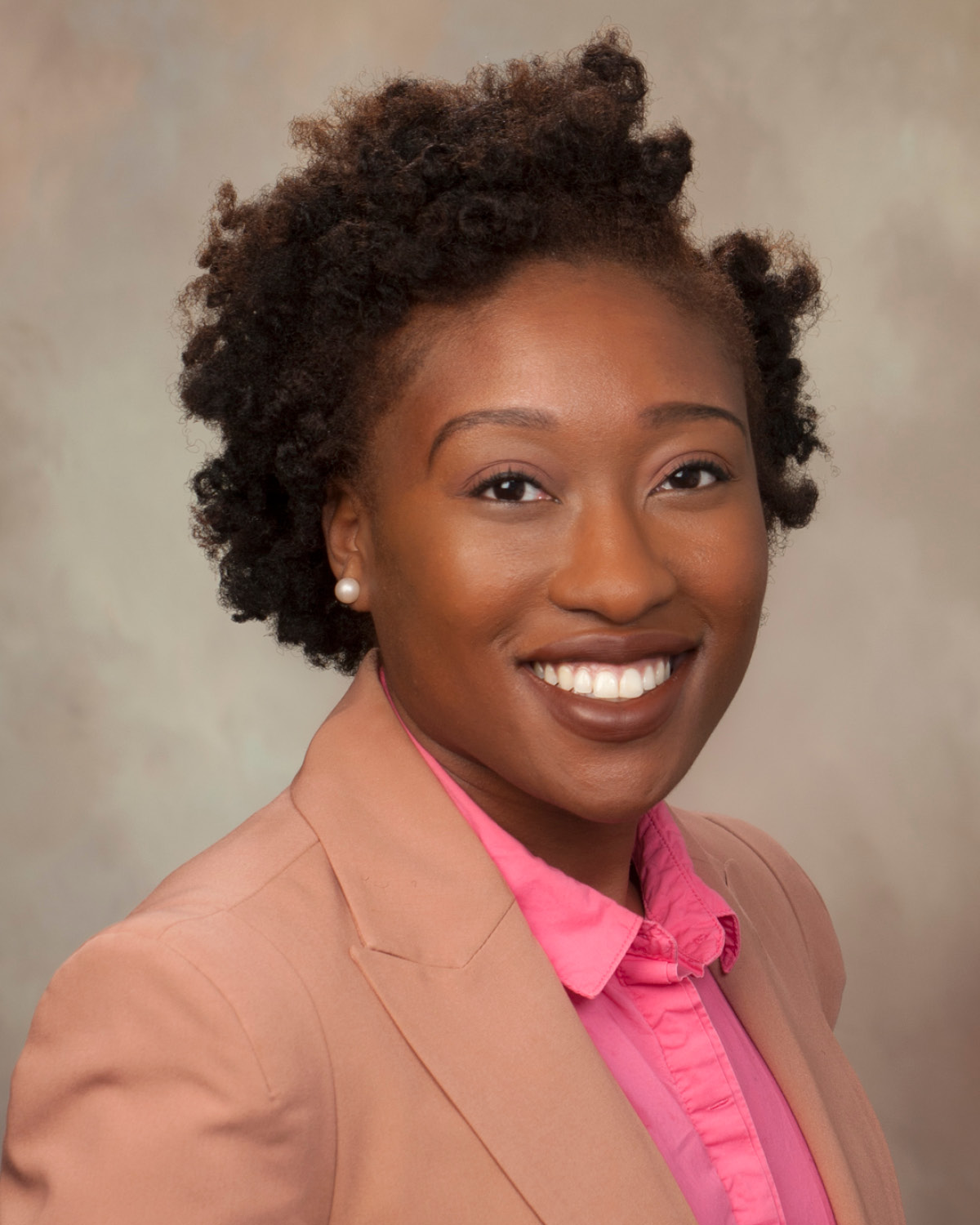FDIC Data Reveals Inequities in Financial Inclusion for Women
March 27th, 2023
By Courtney Thomas, Senior Policy Analyst
Having access to a mainstream financial bank account is crucial to economic mobility. Opening a bank account allows individuals to build credit, earn savings, open businesses and become financially stable; however, despite these benefits, more than one billion women are excluded from financial services worldwide.[1] Even in the richest country in the world, women lag behind men when it comes to financial health. New data from the 2021 FDIC Survey uncover continued gaps in financial inclusion for women.
A notable takeaway revealed is that single-mother-led households reported the highest unbanked rates in the country. In 2021, 15.9% of single mother-led households were unbanked, which is considerably higher than households led by a married couple (1.9%).[2] Unbanked households do not have access to a traditional check or saving accounts. Bank account ownership is intricately linked to financial stability and wealth. Research shows that households that are unbanked are more likely to live in poverty.[3] Furthermore, consider that among single-parent households, single mothers are already more likely to be poor as compared to single fathers. [4]
Geography and race compound the issue. In the Deep South, households are more likely to be unbanked and underbanked, and over one quarter (28%) are led by a single female head of household. [5] Unbanked rates are yet higher among Black and Hispanic households. The FDIC survey finds that 21.4% of black single mother-led households and 21.1 % of Hispanic single mother-led households were unbanked, compared to 8% of white single mother-led households[6].
Without bank accounts, women are susceptible to harmful alternative financial services such as payday lenders, pawn shops, and rent-a-bank schemes that prey on financially vulnerable communities and offer few consumer protections. In 2021, single mother-led households utilized predatory loans more frequently than their male unmarried counterparts.[7] Contrastingly, men rely on traditional banks to access personal loans at higher rates than single-mother households and female non-family households.[8] Banks are less likely to charge exorbitant interest rates and fees that hurt consumers. A study at the Consumer Responsible for Lending found that predatory lenders collectively drained more than $1 billion dollars from communities in Deep South states, AL, MS, LA, and TN.[9]
Minority Depository Institutions (MDIs) and Community Development Financial Institutions (CDFIs), like HOPE Credit Union, work to foster financial inclusion, especially among women. HOPE offers flexible and affordable lending products to underserved communities. In many of our states, our branches represent the only financial institution in the area. We restore banking relationships with women and families by helping them build credit, buy a home, establish businesses, and meet long-term financial goals. The following key policies changes will increase wealth and foster economic mobility among women:
- Increase funding for CDFIs and MDIs.
- Public and provide entities should invest in CDFIs and MDIs that have a proven track- record of meeting the financial needs of marginalized populations.
- Publish more disaggregated data on disparities of women.
- In order to address disparities in financial inclusion, we must fully understand the problem. While the FDIC collects data on gender at large, it does not address the intersectionality of gendered financial experiences among women who are Black, Hispanic, disabled, and others who share multiple marginalized identities. This data can reveal powerful insights on how the financial industry can holistically address the unique needs of those underserved.
- Strengthen consumer protections for mainstream and non-mainstream financial services.
- Hidden Fees or unpredictable fees are often cited as reasons why individuals do not open bank accounts.[1] We need a strong and well-funded CFPB that is willing to crack down on unnecessary fees that banking institutions charge that not only hurt consumers’ pockets but also contribute to widespread distrust of the industry.
- Moreover, those who do not think they can meet the income requirements for traditional banking services turn to predatory lenders who are often unregulated and trap consumers in cycles of debt. The CFPB has the power to issue proposed rules and regulations that will rein in high-cost lenders.
This women’s history month, as we celebrate the accomplishments of women, let us remember to champion policies, programs, and institutions that will create opportunities for women to thrive and empower them financially. Philanthropist Melinda Gates once said, “When money flows into the hands of women who have the authority to use it, everything changes.” When we invest in economic equity and financial inclusion for all women, we commit ourselves to the betterment of all aspects of our society—from our families to our shared communities.
[1] Iskenderian, M. E. (2022). Leaving Money on the Table. Stanford Social Innovation Review. https://doi.org/10.48558/RFTZ-5433
[2] Federal Deposit Insurance Corporation. (2022). “2021 FDIC National Survey of Unbanked and Underbanked Households”. https://www.fdic.gov/analysis/household-survey/2021report.pdf
[3] Creamer, J., & Warren, L. (2022). Unbanked and Impoverished? Exploring Banking and Poverty Interactions over Time. US Census Bureau, SEHSD Working Paper Number 2022, 16.
[4] Child Well Being in Single Parent Families, The Annie Casey Foundation. https://bit.ly/42oPJ4R
[5] Hope Policy Institute analysis of data from the U.S. Census Bureau, American Communities Survey 2022 estimates (Table S1101)
[6] Federal Deposit Insurance Corporation. (2022). “2021 FDIC National Survey of Unbanked and Underbanked Households”. https://www.fdic.gov/analysis/household-survey/2021report.pdf
[7] Federal Deposit Insurance Corporation. (2022). “2021 FDIC National Survey of Unbanked and Underbanked Households”. https://www.fdic.gov/analysis/household-survey/2021report.pdf
[8] Federal Deposit Insurance Corporation. (2022). “2021 FDIC National Survey of Unbanked and Underbanked Households”. https://www.fdic.gov/analysis/household-survey/2021report.pdf
[9] Davis, D., & Standaert, D. (2016). Payday and Car Title Lenders Drain $8 Billion in Fees Every Year. https://www.responsiblelending.org/sites/default/files/nodes/files/research-publication/crl-statebystate-fee-drain-apr2019.pdf






